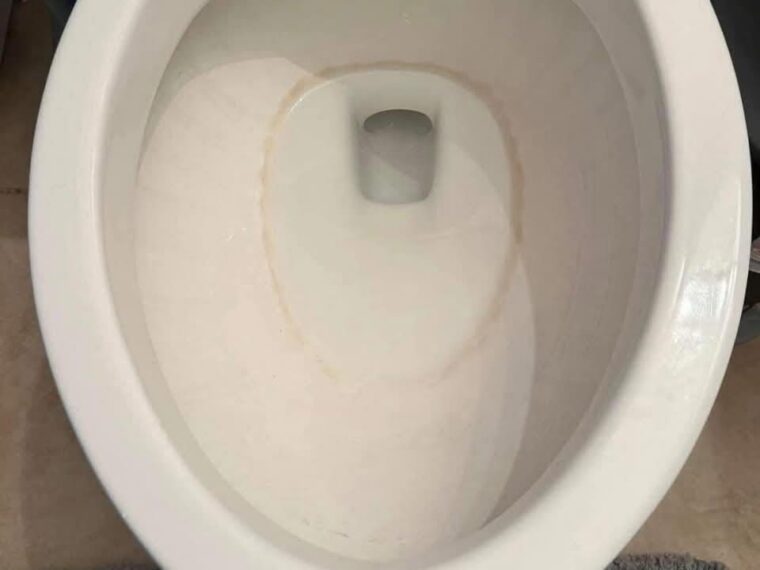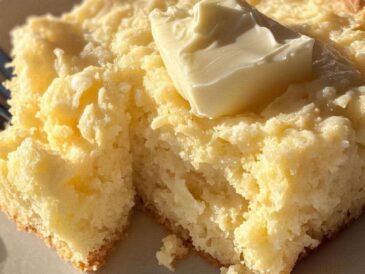If you’ve ever noticed those stubborn chalky white or yellowish stains on your faucets, shower doors, sinks, or tiles, you’re not alone. These marks, known as hard water stains, are a common household nuisance caused by minerals like calcium and magnesium left behind when water evaporates. Over time, these mineral deposits build up, dulling surfaces and making them look dirty even after cleaning.
Luckily, you don’t need expensive cleaners or harsh chemicals to tackle this problem. The answer is likely already in your kitchen cupboard: vinegar. This affordable, natural, and eco-friendly solution can dissolve mineral buildup and restore shine to your home’s surfaces. In this guide, we’ll walk you through everything you need to know—from understanding why vinegar works to step-by-step removal, plus tips to prevent stains from returning.
Why Vinegar Works So Well on Hard Water Stains
At the heart of vinegar’s stain-fighting power is acetic acid, a natural compound that effectively breaks down mineral deposits. The acidic nature of vinegar reacts with the alkaline calcium and magnesium carbonate found in hard water stains, turning them into soluble substances that can be wiped away with ease.
Here are some advantages of using vinegar:
- Safe for most surfaces: Vinegar is gentle compared to harsh commercial cleaners.
- Non-toxic and environmentally friendly: No harmful fumes or chemical residues.
- Affordable and widely available: Most households already have white distilled vinegar on hand.
- Multi-purpose cleaner: Vinegar can also combat soap scum, mold, and odors.
White distilled vinegar is best for cleaning because it’s clear and won’t stain surfaces.
What You’ll Need to Get Started
Before diving in, gather these simple materials:
- White distilled vinegar (undiluted or diluted depending on stain severity)
- Spray bottle for easy application
- Microfiber cloth or soft sponge for scrubbing
- Old toothbrush for getting into crevices
- Baking soda (optional, to boost cleaning power)
- Gloves (optional, if you have sensitive skin)
- Bowl or container for soaking small fixtures
Step-by-Step Process to Remove Hard Water Stains
Step 1: Prepare the Vinegar Solution
- For light stains, dilute the vinegar with equal parts water in a spray bottle.
- For tougher stains, use undiluted white vinegar directly.
- If you prefer, pour vinegar into a bowl instead of using a spray bottle for soaking.
Step 2: Apply the Vinegar
- Spray the vinegar generously onto the stained areas like faucets, sinks, shower doors, or tiles.
- For hard-to-reach spots or curved fixtures, soak a cloth or paper towel in vinegar and wrap it around the area. Secure with a rubber band if needed.
- Let it sit for 15 to 30 minutes. For very stubborn buildup, extend soaking time up to an hour. The acidity softens mineral deposits, making them easier to scrub away.
Step 3: Scrub the Surface
- After soaking, use a microfiber cloth or soft sponge to scrub the softened stains gently.
- Use an old toothbrush to reach crevices around faucet handles, spouts, or between tiles.
- If some stains remain, sprinkle a small amount of baking soda on the surface and scrub again. The mild abrasiveness of baking soda enhances vinegar’s effect without damaging most surfaces.
Step 4: Rinse and Dry
Next page





